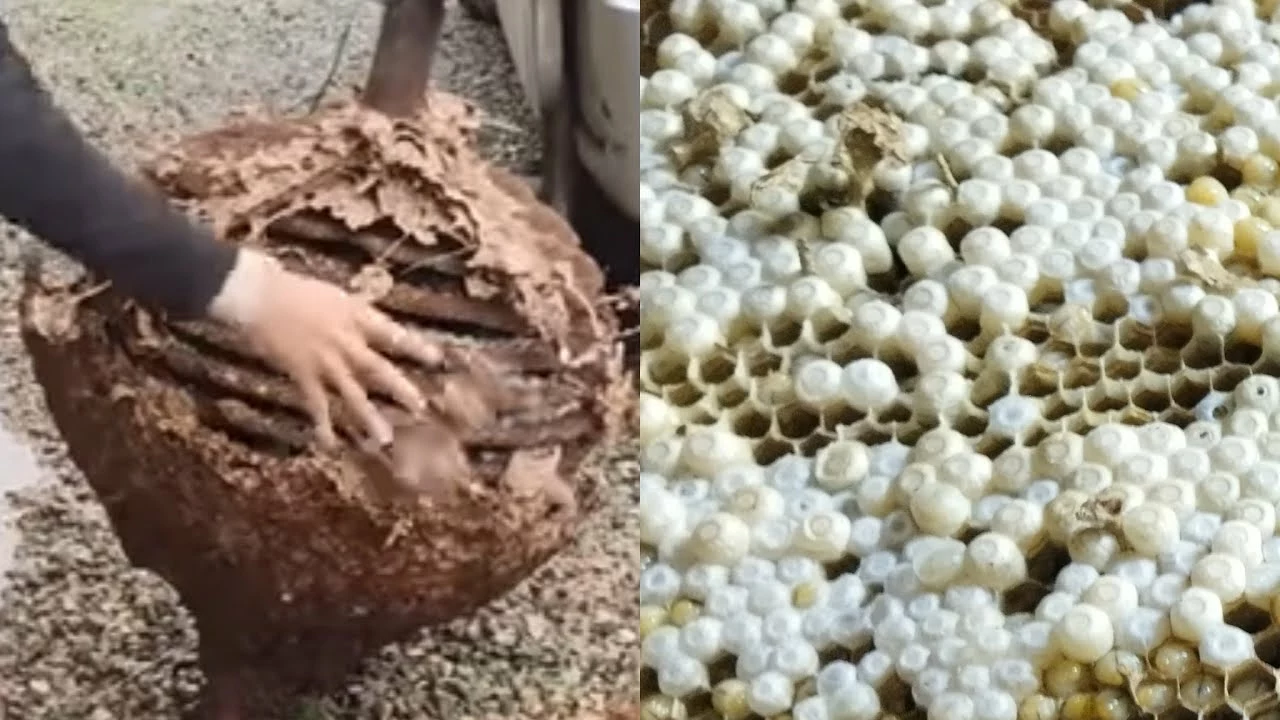Understanding the Bee Species that Burrow
Let's start by talking about the types of bees that actually go into the ground. While most people may think of bees as living in hives, there are actually many species of bees that make their homes underground. These include mining bees, digger bees, and sweat bees, among others. Unlike honey bees, these ground-dwelling bees are solitary creatures, meaning each individual bee has its own nest rather than living in a large colony. This is a fascinating aspect of bee diversity that often goes unnoticed.
The species of bees that burrow are typically small and non-aggressive. They come in a variety of colors, from shiny green to black and yellow. Understanding the types of bees that burrow is the first step to understanding why they do so. Remember, not all bees are the same, and their behaviors and habitats can vary greatly.
Life Cycle of Burrowing Bees
Now, let's dive into the life cycle of these burrowing bees. Understanding their life cycle will help us understand why they burrow into the ground. These bees have a fascinating life cycle that is quite different from that of more social bees like honey bees or bumblebees.
For most species of burrowing bees, the life cycle begins in the spring when the female bee emerges from her overwintering nest. She then starts to dig a new burrow where she will lay her eggs. After laying an egg, she will provision it with pollen and nectar, seal off that section of the burrow, and then lay another egg in a new cell. This process continues until she has laid all her eggs. The bee larvae then develop in their individual cells, feeding on the stored pollen and nectar until they pupate and eventually emerge as adult bees.
Importance of Ground for Burrowing Bees
The next thing to understand is why the ground is so important for these bees. The ground provides the perfect environment for these bees to nest and reproduce. The soil offers protection from predators and the elements, and it is also an excellent medium for the bees to store their food and raise their offspring.
Also, the specific type of soil can be essential for certain bee species. Some prefer sandy or loamy soils that are easy to dig, while others can dig in harder soils. The availability of suitable soil types can dictate where these bees can live and reproduce, which is why they are often found in specific geographical areas.
Threats to Ground-Dwelling Bees
Unfortunately, these ground-dwelling bees face many threats, both natural and man-made. Predators like birds and small mammals can dig up their nests, while human activities like farming, construction, and landscaping can destroy their habitats.
Furthermore, the use of pesticides can be particularly harmful to these bees. Because they live in the ground, they are more likely to come into contact with these chemicals, which can kill them or disrupt their reproductive cycles. This is a significant concern as these bees play a crucial role in pollinating many plants, including those that produce food for humans.
Conservation Efforts for Ground-Dwelling Bees
Given the threats facing these bees, conservation efforts are crucial. One of these efforts is creating and maintaining habitats for these bees. This can include leaving areas of bare soil for the bees to nest in and planting native plants that provide the pollen and nectar these bees need for their larvae.
Reducing the use of pesticides is another essential part of these conservation efforts. Using more bee-friendly farming and gardening practices can help protect these important pollinators. Remember, every little bit helps when it comes to conserving these fascinating and vital creatures.
Fascinating Facts about Ground-Dwelling Bees
Finally, let's end with some fascinating facts about these ground-dwelling bees. Did you know that some species of these bees are known to be excellent pollinators of specific crops? For example, the alkali bee is a vital pollinator for alfalfa, while the southeastern blueberry bee is a key pollinator for blueberries.
Also, despite their solitary nature, these bees can sometimes form large aggregations with thousands of bees nesting in the same area. However, even in these large groups, each bee maintains its own individual nest. These are just a few of the many fascinating aspects of these ground-dwelling bees that make them such an interesting subject of study.
